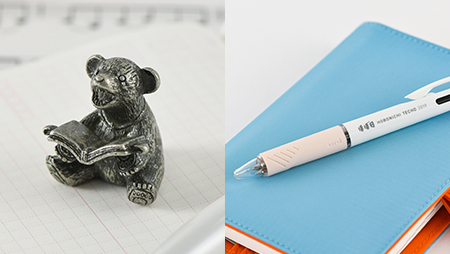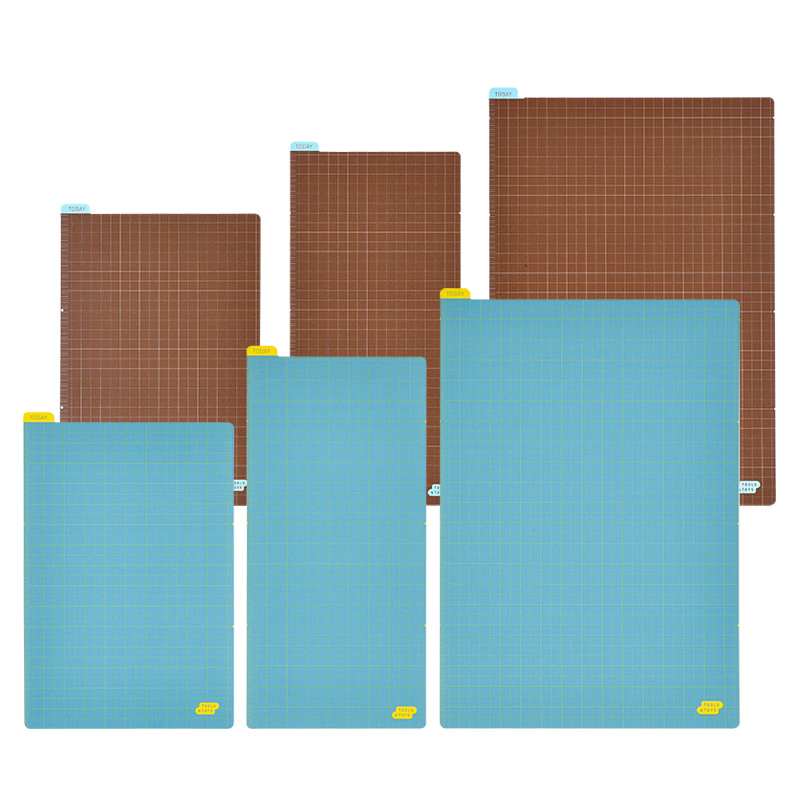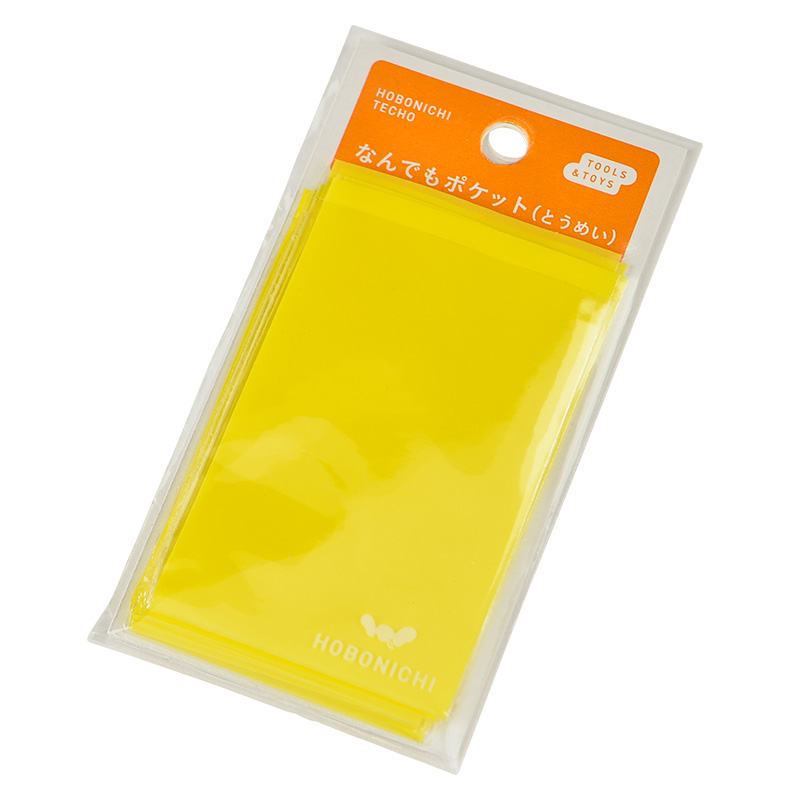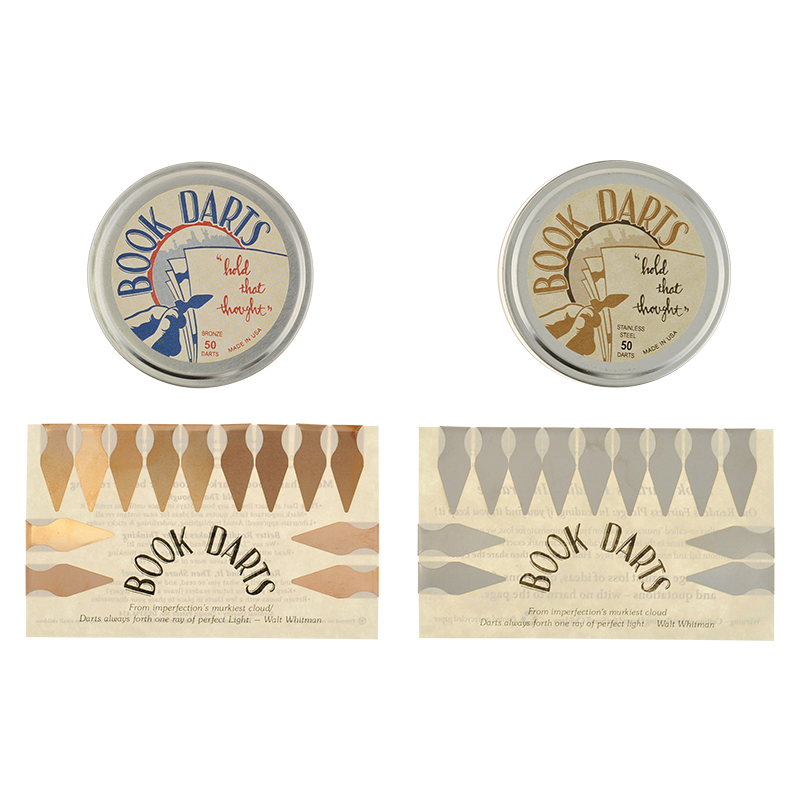Tomitaro MakinoYamazakuraWeeks Hardcover Book (Japanese)
This Weeks book features an intricately-drawn illustration of a sakura, or cherry tree. The image is from the preface of the first volume of a book series called “Flora Japonica” written by botanist Tomitaro Makino and released in 1900. The page featured an entry on the Yamazakura, which means “mountain cherry” and is often seen as a symbolic tree of Japan. This diagram is drawn out with such detail, it will leave you mesmerized. The rough fabric of the book cover is modeled after canvas, and the deep knowledge, experience, and careful observation behind the botanical illustration make this book a joy to have in your daily life.
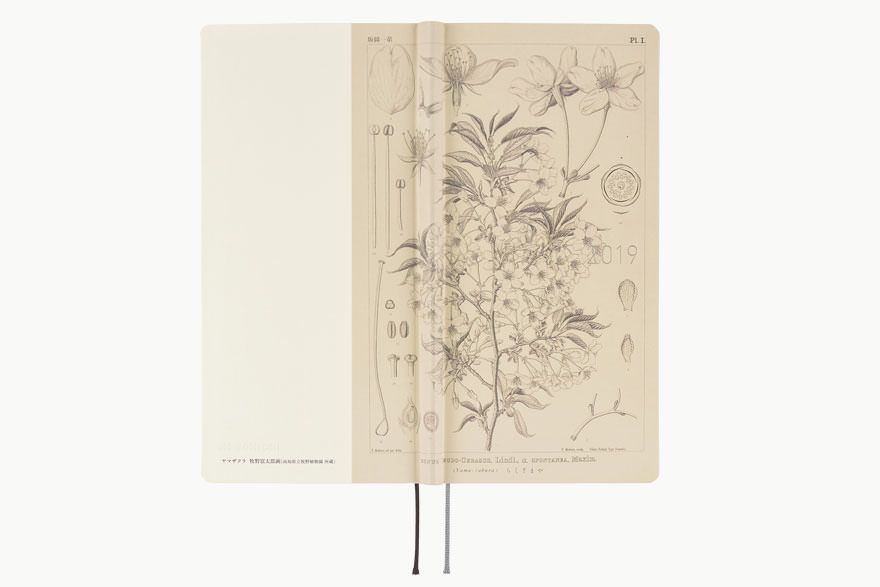
Around 120 years ago, the science community began to construct diagrams of the Yamazakura by studying it with magnifying lenses and microscopes. Professor Makino illustrated detailed images of the tree’s branches, flower petals, and overall structure to create a diagram that would become one of his greatest-known works. He used a paintbrush made of mouse hair and added shadows to the illustration to make the living texture of the flower petals really pop off the page.
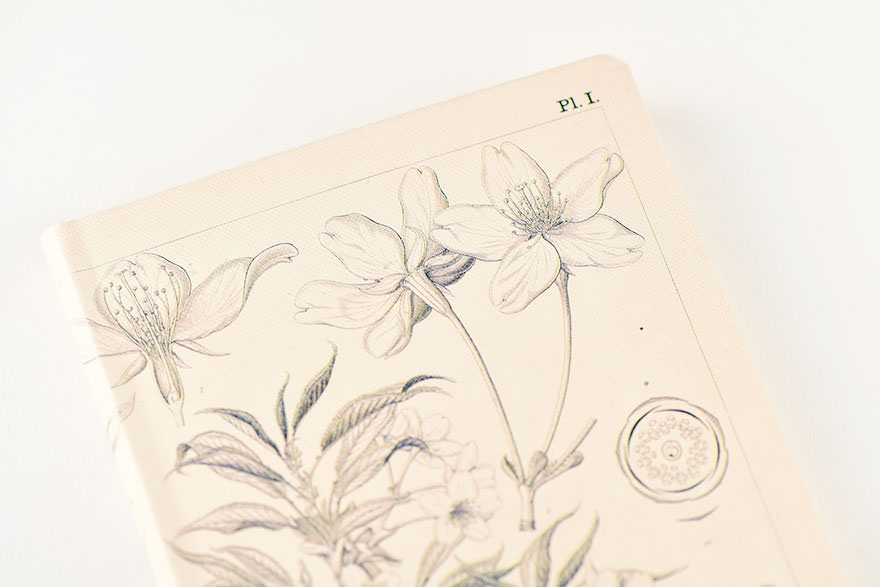
Underneath the spectacular botanical diagram is the scientific name of the Yamazakura: “Prunus Pseudo - Cerasus, Lindl., α. Spontanea, Maxim.”
When you order this Hobonichi Techo Weeks, you’ll receive a clear, adhesive corner pocket and a mini-size fold-out Hobonichi Japan Railway Map 2019.
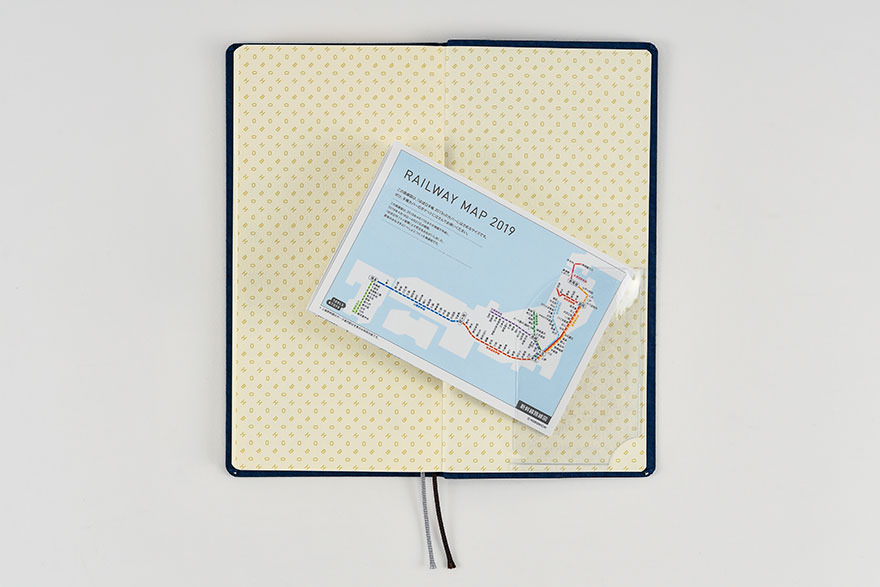
If you’d like storage space or a way to change up the look of your Weeks book, you can customize your book by pairing it with a Weeks cover.
See Weeks cover lineup
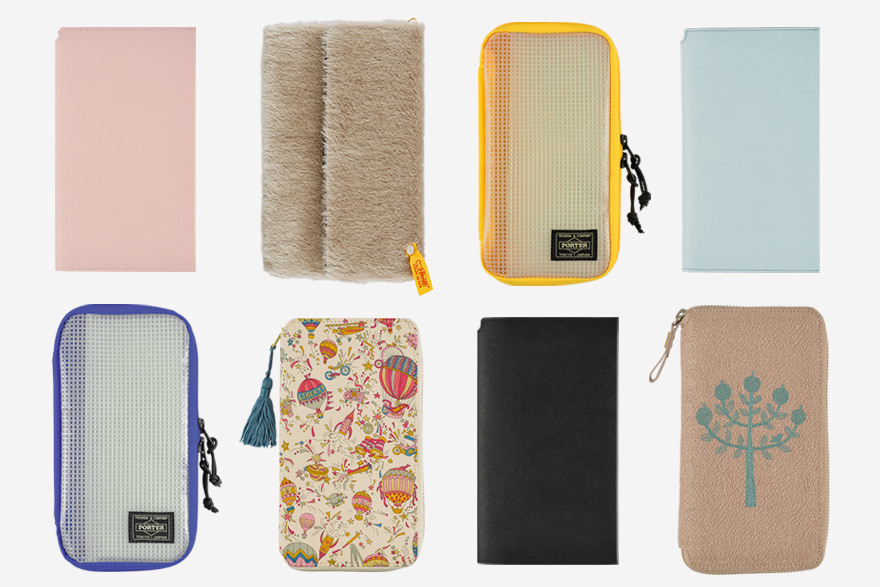
About Botanist Tomitaro Makino
Born April 24, 1862 in present-day Sakawa Town, Kochi Prefecture. Raised in the rich natural surroundings of Tosa City and began to study botany independently as a young child. Moved to Tokyo and devoted himself to botanical research through the Department of Botany at Tokyo University’s Faculty of Science. Founded “The Botanical Magazine” with a close friend in 1887 and collaborated together to publish their discovery of the flowering plant Yamatogusa. Collected over 400,000 specimens during the 94-year span of his life, and named over 1,500 discovered species. Known as the “Father of Japanese Botany.”
Photograph/information provided by the Makino Botanical Garden.
Staff List
- Photographer
- Styled Images: Kimiko Kaburaki / Product Detail: Hiroyuki Oe
- Stylist
- Megumi Nishimori
- Model
- Nami Annen (Spoon.)
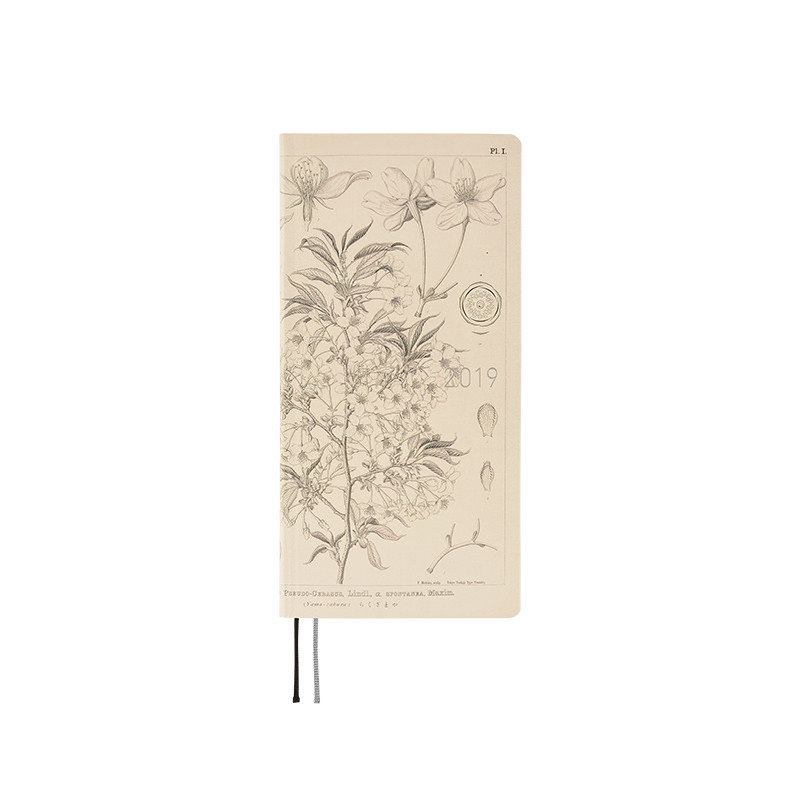
- Tomitaro MakinoYamazakuraWeeks Hardcover Book (Japanese)
- JPY2,592
- Normal
- Available
Specifications
- Overview
Size W: 94 x H: 188 x T: 10 mm / W: 3.7" x H: 7.4" x T: 0.4"
*Specifications may vary slightlyWeight Approx. 136 g Main material Synthetic canvas, paper - Weeks Book (Japanese / April Start)
Language Japanese Pages 240 pages Binding Stitch-binding Paper Type Thin, light Tomoe River paper resistant to bleeding and designed for planners. Graph Paper Size 3.55 mm Yearly Calendar 2018, 2019, 2020 Yearly Index Apr. 2019 - Mar. 2020 (2 pages) Monthly Calendar Mar. 2019 - Apr. 2020 (28 pages) Weekly Quotes One per week (Japanese) Weekly Calendar Feb. 25, 2019 - Apr. 5, 2020 (116 pages)
*All weekly pages include quotes.Graph Paper 73 pages Informational Pages Shorthand Note-Taking / Graph Paper / Using Common Items to Measure Size / Solar Terms / Tips on Living Life in a Good Mood / Breakfast around the World / Introduction to Reading Classical Literature / Emergency Preparedness / Conversion Chart / Useful Links / Age Table / Contact List / Personal Notes Listed Information Week of the year / Rokuyo (traditional Japanese calendar) / Solar terms / Japanese holidays / Moon phase (weekly pages include every phase, monthly calendars only include full and new moon) List of Japanese holidays and era names in the 2019 Japanese techo -Information listed in the book is current as of September 2018.
-Era names are not listed.
-The names of dates relating to the Japanese emperor and the accession of the new emperor, including April 30th, May 1st, May 2nd, and October 22nd, will not be listed in the calendars.- Weeks Book (Japanese / January Start)
Language Japanese Pages 240 pages Binding Stitch-binding Paper Type Thin, light Tomoe River paper resistant to bleeding and designed for planners. Graph Paper Size 3.55 mm Yearly Calendar 2018, 2019, 2020 Yearly Index Jan. - Dec. 2019 (2 pages) Monthly Calendar Dec. 2018 - Mar. 2020 (32 pages) Weekly Quotes One per week (Japanese) Weekly Calendar Nov. 27, 2018 - Jan. 6, 2020 (116 pages)
*All weekly pages include quotes.Graph Paper 68 pages Informational Pages Shorthand Note-Taking / Graph Paper / Using Common Items to Measure Size / Solar Terms / Tips on Living Life in a Good Mood / Breakfast around the World / Introduction to Reading Classical Literature / Emergency Preparedness / Conversion Chart / Useful Links / Age Table / Contact List / Personal Notes Listed Information Week of the year / Rokuyo (traditional Japanese calendar) / Solar terms / Japanese holidays / Moon phase (weekly pages include every phase, monthly calendars only include full and new moon) List of Japanese holidays and era names in the 2019 Japanese techo -Information listed in the book is current as of February 2018.
-Era names are not listed.
-The names of dates relating to the Japanese emperor and the accession of the new emperor, including April 30th, May 1st, May 2nd, and October 22nd, will not be listed in the calendars.
Please Read Before You Buy
In order to provide you with the most satisfaction for your product, we've compiled a list of warnings, potential issues, and tips to keep in mind for this particular product. Please be sure to read this information carefully before placing your order.
- Test fountain pens before regular use
The Hobonichi Techo's Tomoe River paper is designed to prevent bleed-through, but some fountain pens and water-based ink pens are not compatible with this paper. When switching to a new pen, we recommend testing the pen somewhere in the book, such as the back memo pages, to see if the ink bleeds through or takes an especially long time to dry.
- Cover corners are slightly bumpy and shiny
The corners of the cover contain light traces of press marks, shines, and lumps. This is an unavoidable part of the manufacturing process.
- Imprinted year numbers may peel
The numbers of the year are stamped onto the cover in metallic or other colored leaf, so strong rubbing or everyday use may cause the numbers to peel off.
- Avoid storing in hot and humid places
Please avoid storing your product in hot, humid places or placing it atop other objects for long periods of time as this may result in lower quality and color stains.








